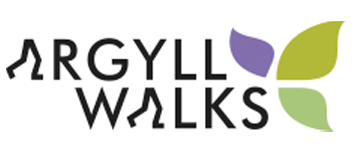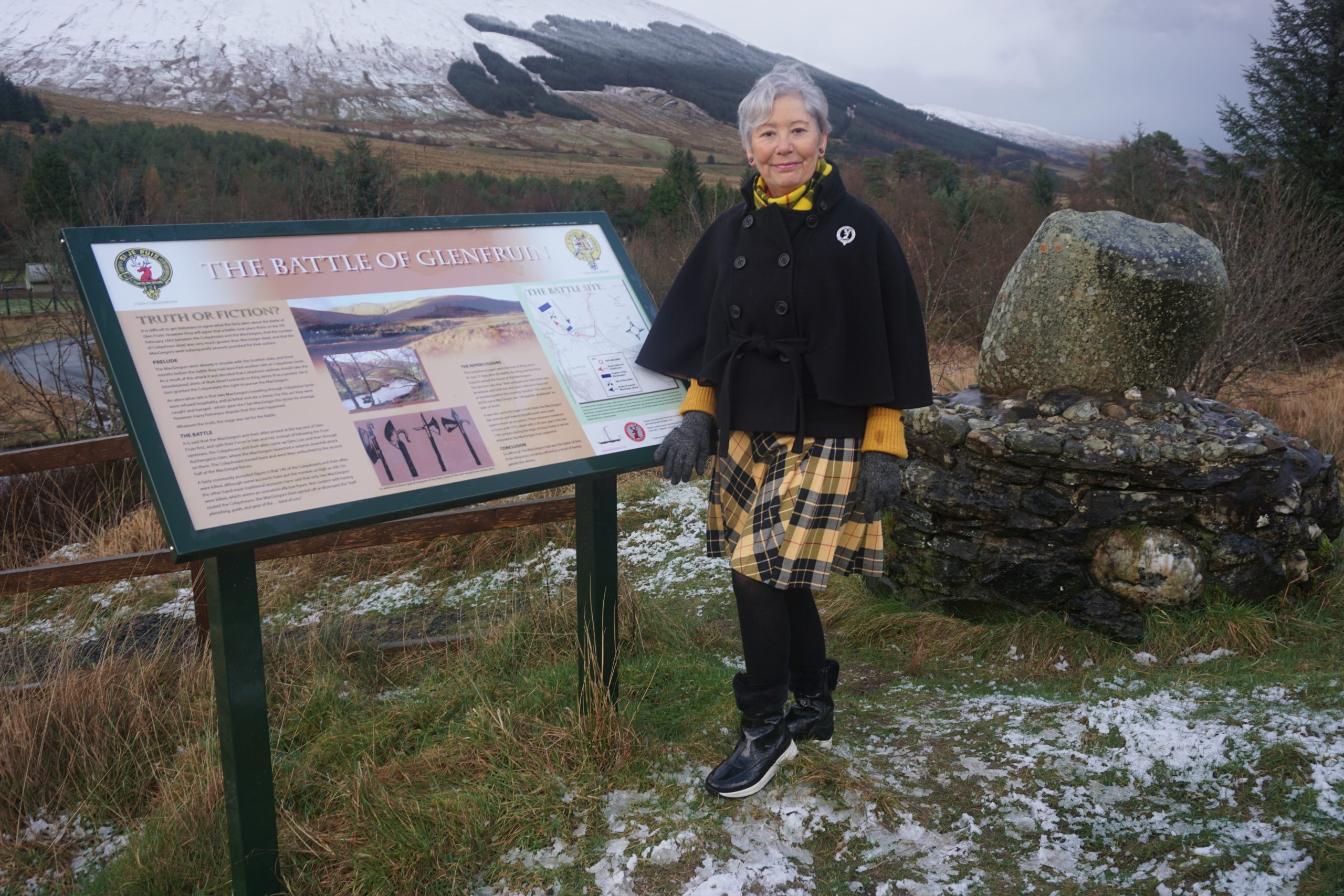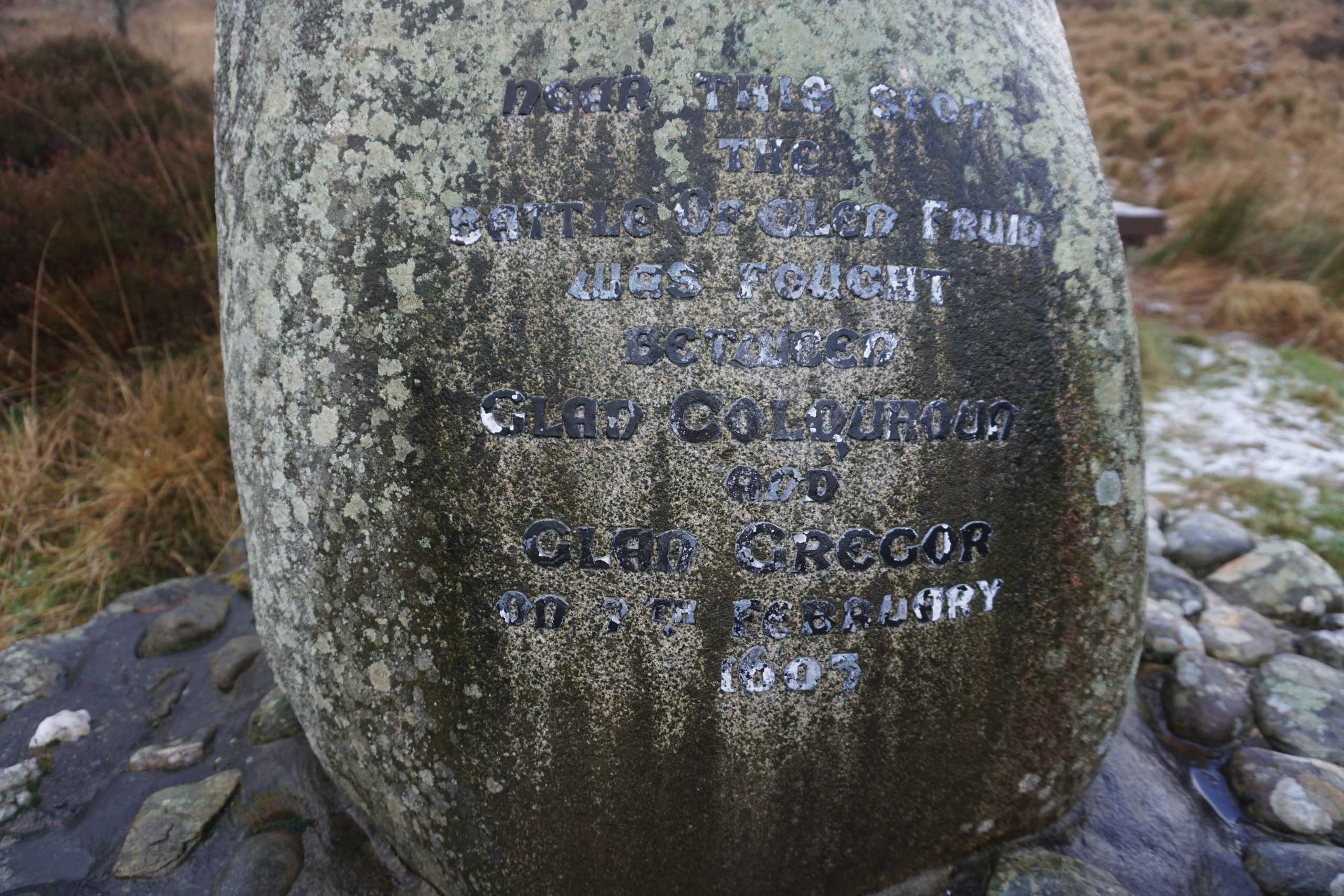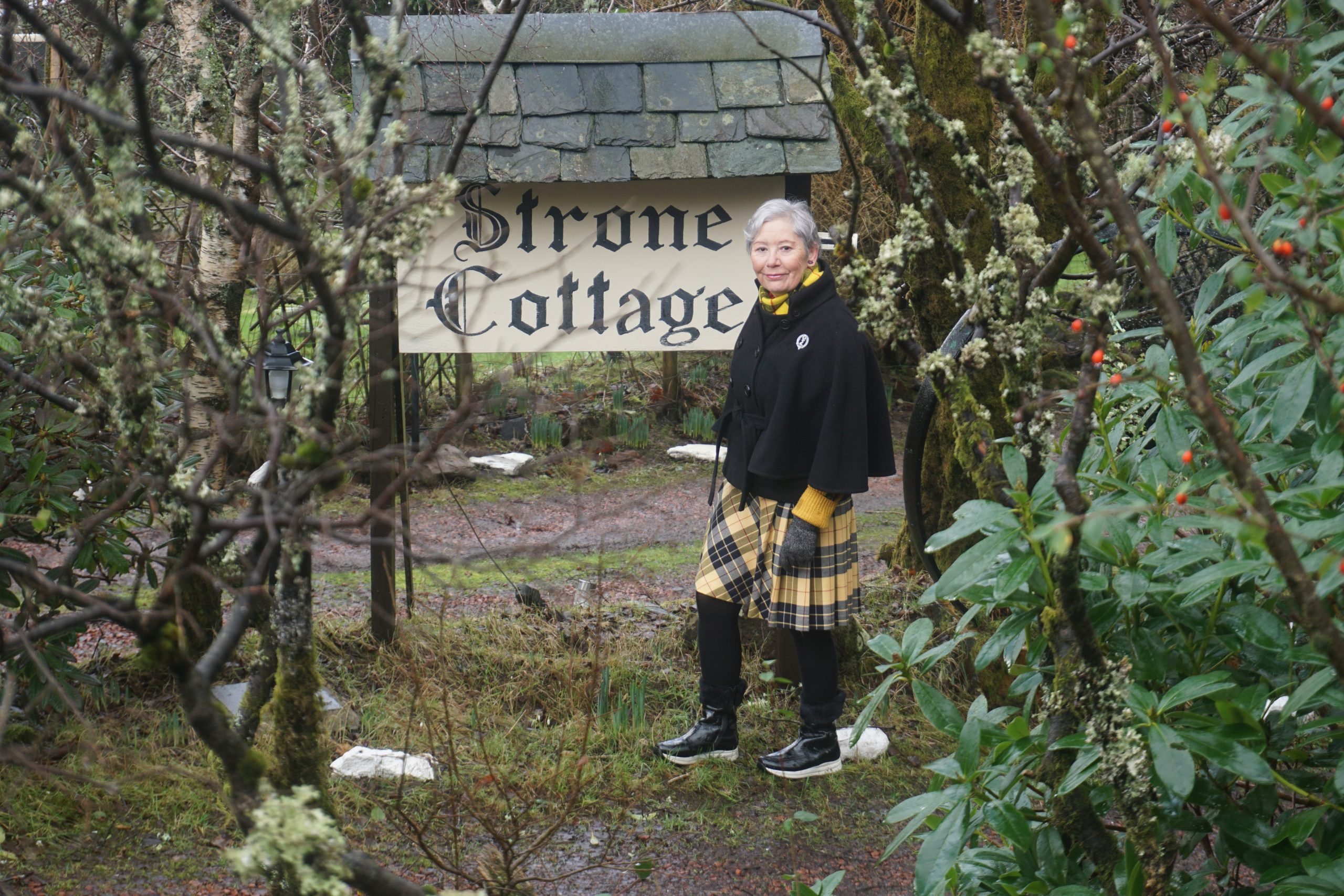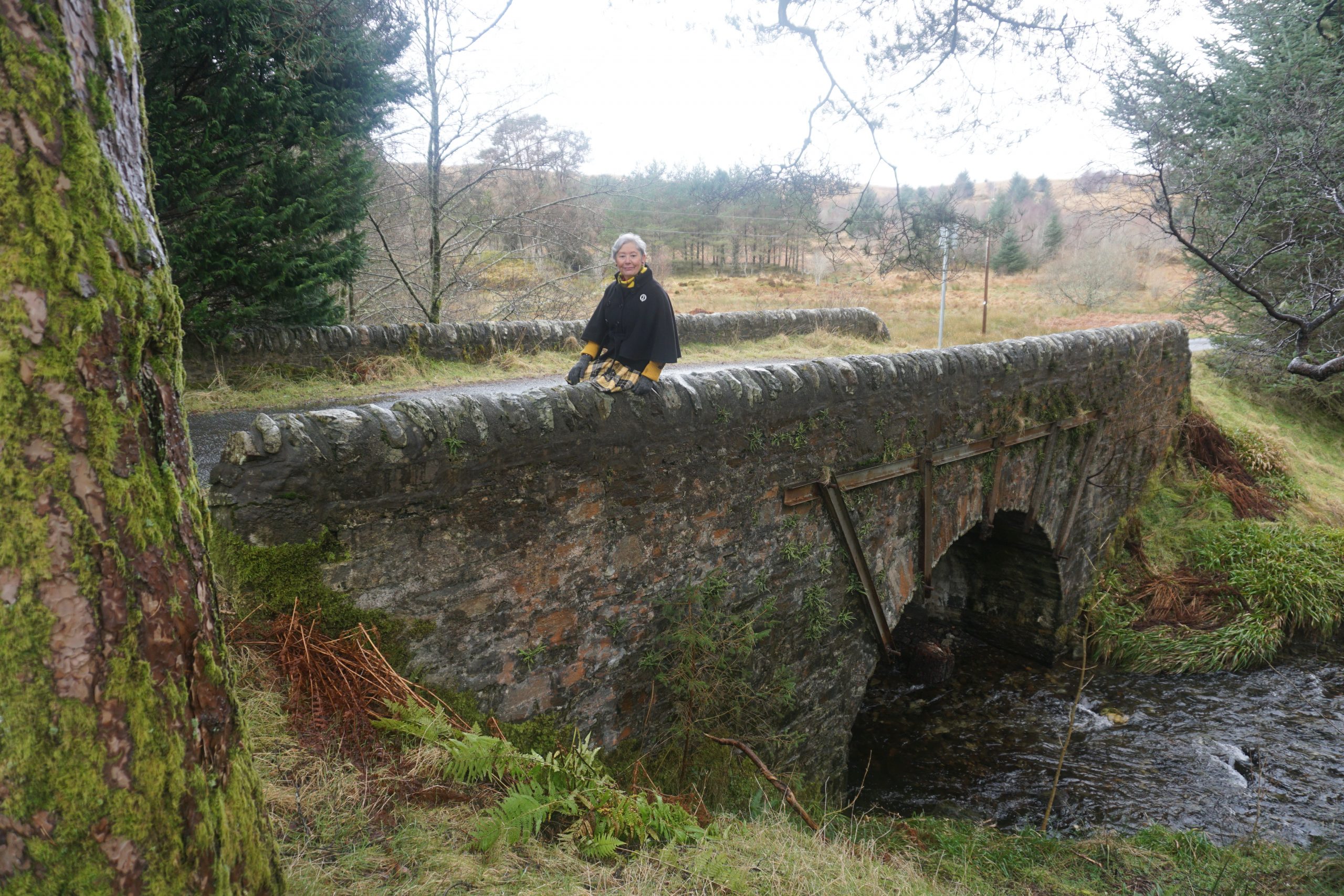On this anniversary day on 7th February 1603 the Battle of Glen Fruin, near Luss, in Argyll took place when MacGregors slaughtered 140 Colquhouns. To begin with, it was a bleak February morning, the hills clad with snow and a biting frosty wind, when the battle broke out. After, a mile or so along Glen Fruin coming from the west in Argyll and Bute and just past the Strone farm. Straightaway, there is a glen down which the Auchengaith burn flows under the bridge comes into view. Later, it was through the glen the MacGregors descended into Glen Fruin near Luss, loch Lomond the night before the battle.
A peace meeting between two warring clans
For, MacGregors claim that there was a pre-arranged meeting with Sir Alexander Colquhoun. In which each group had a hundred men to stop any clan from taking advantage. Whereas Alistair MacGregor suspected Colquhoun of Luss treachery. John MacGregor kept another hundred men as a second force off Colquhoun land.
What was the reason for the Battle of Glen Fruin?
To explain, one reason was on 7th December 1602, at Glen Finglas Duncan MacGregor conducted a raid against the Colquhouns. With this intention, he had eighty men with him who burned houses and stole three hundred cows, one hundred horses, four hundred sheep and four hundred goats. Consequently, two Colquhouns killed in the raid, one of them a household servant of Colquhoun of Luss.
Another reason, anniversary of the battle of Glen Fruin on 7th February, two MacGregor men were away from home and spent the night in Colquhoun lands. At this instant, Colquhoun’s refused highland hospitality, the two MacGregors found shelter in an outhouse and slaughtered a sheep, which they ate. Shortly, the two MacGregors found by Sir Alexander Colquhoun tried, and executed them, given permission as a free baron. Since this happened shortly after the conflict at Glen Finglas.
“The Bloody Sarks” of slain Colquhouns
Therefore, Sir Alexander Colquhoun accompanied by a large group of “widows” bearing on spear points shirts dipped in sheep’s blood. They went to King James VI and granted letters of fire and Sword against the MacGregors. Then, Sir Alexander Colquhoun acquired the power to apprehend the perpetrators and to carry arms.
MacGregors point of view
Further, it reported that the Colquhouns and their allies outnumbered the MacGregors. After, the meeting of the two clans, there were no arguments between them. Without delay, MacGregors proceeded up the Strone burn.
Colquhoun’s point of view
However, the Colquhoun’s pursued them up the burn after the meeting. Why did the Colquhouns follow the MacGregors unless they were overconfident that they would win the battle?
From the beginning, Alistair MacGregor’s 100 men were on the high ground at the head of the Strone burn. The battle quickly became a skirmish. When the retreating Colquhouns ran down into an ambush by John Dubh MacGregor second one hundred men. Colquhoun’s lost 140 men as opposed to a handful of MacGregors.
To the victor go the spoils
Now that, tradition has it that the victorious MacGregors inflamed with victory wantonly murdered forty boy students from the Collegiate institution in Dumbarton. The students who had been spectators of the fight. How did the Collegiate students know about the battle? Did the Colquhouns invite them to witness the destruction of the MacGregors?
Why was the MacGregor name outlawed?
Given these points, the origins of banning the name MacGregor were a direct result of the battle. They were in King James VI bad books, further punishment was inevitable. Without delay, King James VI outlawed the MacGregors, the use of the name MacGregor, and they persecuted for another 170 years. Is it not ironic that the Clan MacGregor has the greatest number of septs (subdivision of a clan) names of any clan in Scotland?
Guided hikes and walks in http://lochlomond-trossachs.org they are available for booking through the website https://www.argyllwalks.co.uk/contact
